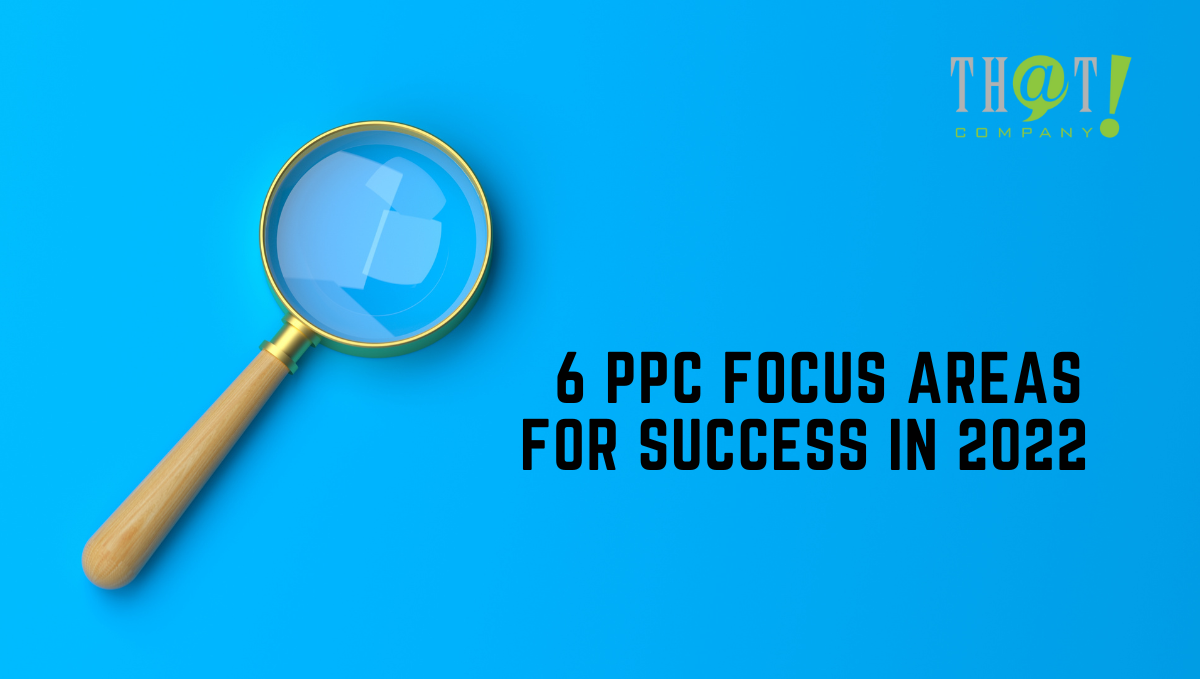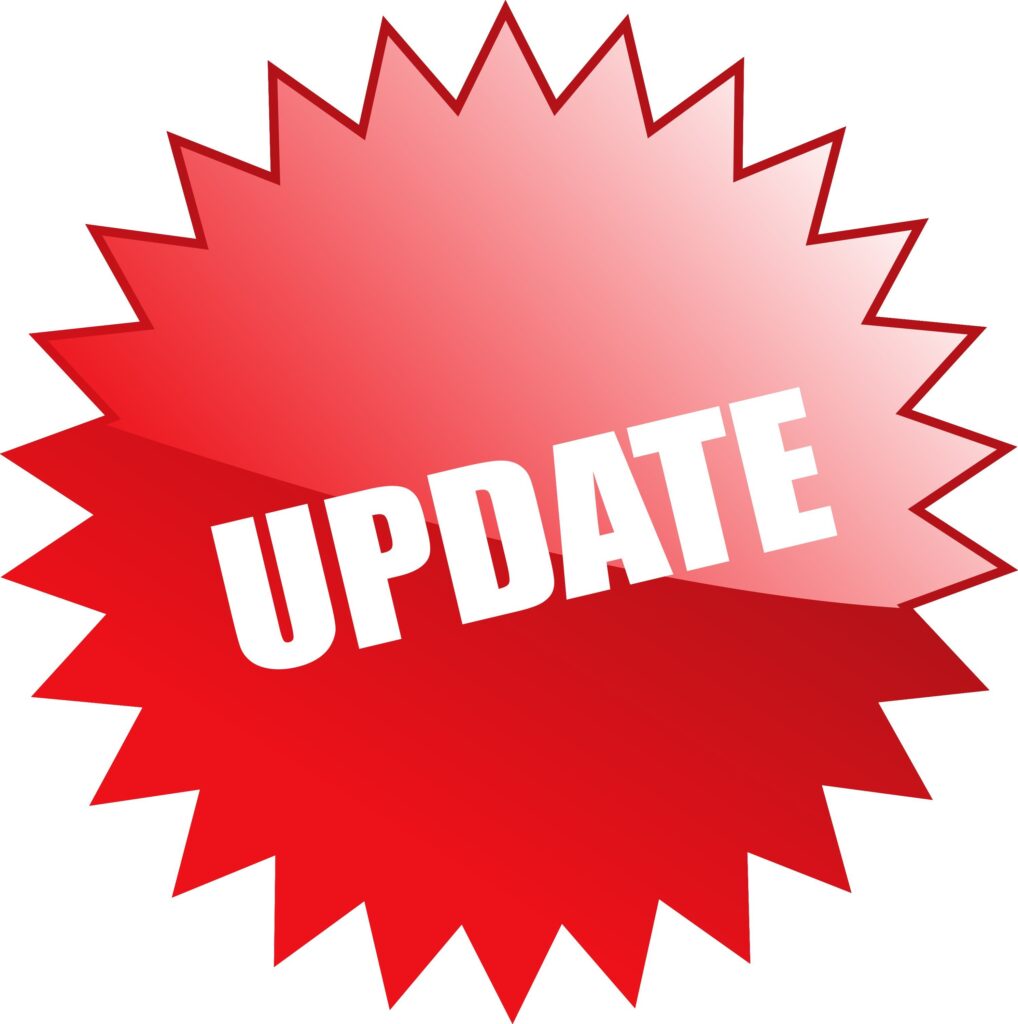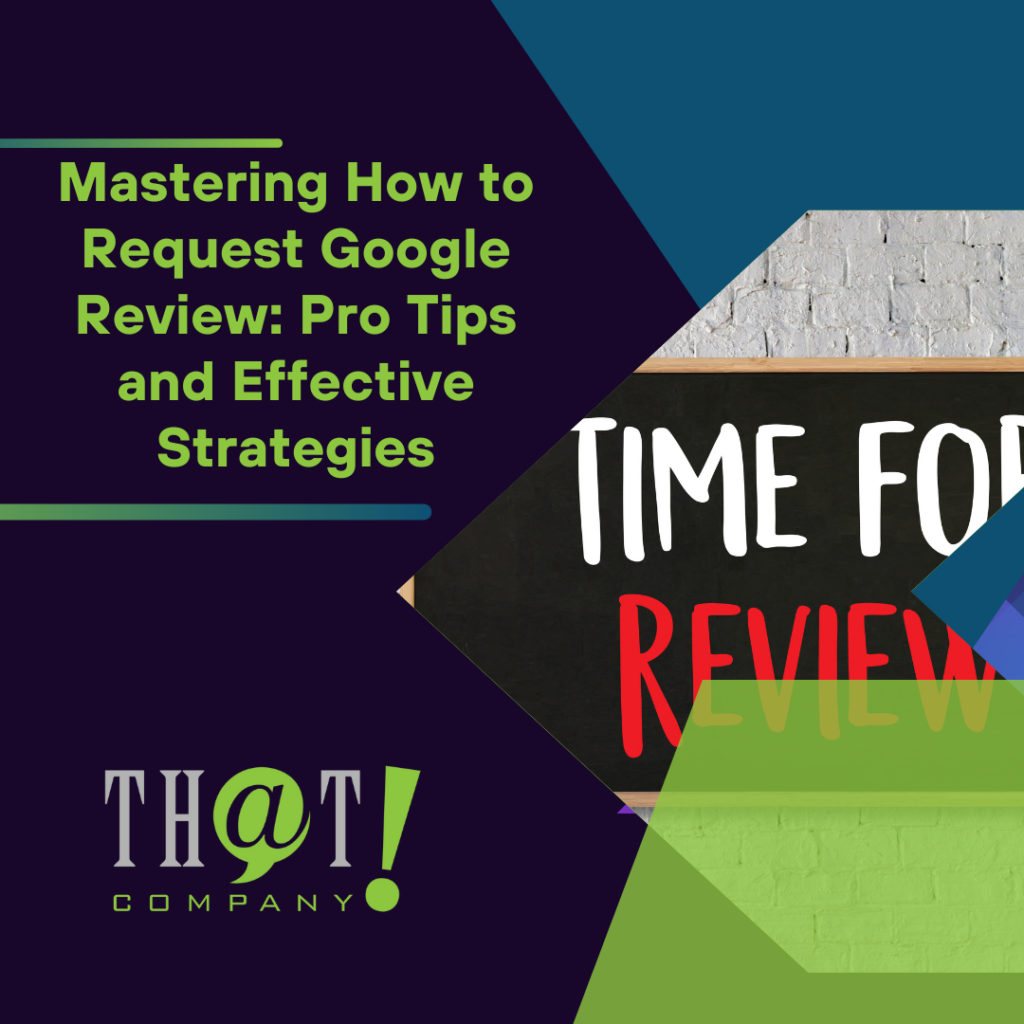
Learn about the significant changes in PPC strategy for 2022, including paid search innovations, new ad platform features, and evolving privacy issues.
The search marketing sector and other paid ad platforms have seen a lot of great technical advancements, new releases, and feature enhancements this year, so 2022 looks like the potential for search marketers.
These trends are wonderful topics to examine as you want to enhance your PPC results in the year ahead, whether you’re searching for adjustments to refresh your existing approach or totally new ways to reach your audience.
Some businesses are having white label companies to help create their ad platform as a customized solution. Learn more about what is white label and check out our white label pricing for marketers
1. Ad Platform | Conversion Actions
A baseline for your PPC strategy is to measure current goals and essential initiatives. The number and types of actions that advertisers may track are increasing as tracking in ad platforms and analytics systems become more sophisticated.
Advertisers typically track many conversion actions per account.
The following are some examples of frequent PPC conversion goals:
- Transactions.
- Online contact forms.
- Request demo or estimate.
- Phone calls: first time/repeat.
- Chat conversions.
- Local actions: directions.
- Offline conversions: matched with an ad click.
- Custom goals.
Are you measuring everything you could be measuring?
What is the value your company associates with each conversion goal?
2. Man Your Automations
 While ad platforms continue to provide automation features to make ad administration easier, it isn’t as simple as flipping a switch. To get the most out of automation, human PPC managers must supervise and monitor it.
While ad platforms continue to provide automation features to make ad administration easier, it isn’t as simple as flipping a switch. To get the most out of automation, human PPC managers must supervise and monitor it.
Smart bidding campaigns, for example, must be watched and altered from time to time to adjust Target CPA or Target ROAS.
Smart Creatives like responsive search advertising and responsive ad platforms should be tested on individual assets, which we’ll go through later in this piece.
Determine whatever aspects of your account, from bidding to creative to maybe using scripts, can be automated as part of your PPC plan. Then assess and track the outcomes.
You might wish to look back at earlier “manual” campaigns and compare different data points.
3. Keyword Matching Strategies To Your Ad Platform
This year, there have been significant changes in the technical functioning of Google Ads and Microsoft Ads’ keyword match types, necessitating a modest shift in strategy.
The broad match modifier is no longer available, and other match types have seen some alterations as well. Many ad accounts with campaigns that are still using the “old” version of keyword organization will require a complete keyword strategy overhaul.
Some of the modifications will streamline the account structure, allowing for greater theme flexibility. For most advertisers, grouping keywords by match type or utilizing the same keyword with various match kinds, for example, is probably not a good idea.
An essential exercise in preparing for what comes next will be sketching out how the keywords match and any structural alterations that may be required.
When you have two or more terms in your AdWords account that can be activated by a search query, Google will try to show the most restrictive choice. The restrictions go beyond match type to include things like geography, time of day, and so on.
Google, on the other hand, does not necessarily prioritize precise match over phrase match and phrase match over broad match. They also consider the ad rank (max CPC x Quality Score).
You’ll probably find that your exact match converts better than your phrase or broad match as an advertisement. You should have complete control over ad serving so that you know which ad copy and keyword will be shown for each search query. You can use bids or negative keywords to influence how ads are served.
Within your premium search account, there are numerous methods to organize your match types. None of the strategies are superior or inferior to the others; they are simply different.
[bctt tweet=”A baseline for your PPC strategy is to measure current goals and essential initiatives. The number and types of actions that advertisers may track are increasing as tracking in ad platforms & analytics become more sophisticated.” username=”ThatCompanycom”]4. Ad Copy Review (Again)
 That’s right – once again! It’s a good idea to revisit your account’s ad copy after reviewing your keyword strategy.
That’s right – once again! It’s a good idea to revisit your account’s ad copy after reviewing your keyword strategy.
This may appear to be an endless effort, but it is because you must test and update ad wording on a frequent basis to ensure the highest possible PPC ad performance.
This will be especially important in 2022, as ad formats are changing so rapidly that old formats like enlarged text advertisements would become obsolete.
The responsive search ads (RSAs) format is increasingly being adopted by Google Ads and Microsoft Ads.
For testing, this format comprises up to 15 headlines and four descriptions that are mixed and matched in various configurations. The asset combination that performs well will benefit from the machine learning component.
You can “pin” two or more ad elements to indicate that a certain asset should be served.
This is a good approach to make sure your preferred call-to-action (or other important messaging) appears. Do not abuse pins, as Google tends to penalize ads that employ them.
Google will suggest ways to improve headlines or include more keywords.
Meanwhile, Microsoft Ads displays a performance label that indicates whether the responsive ad’s assets are performing “poor,” “good,” or “best.”
Review the ratings of the ad components in your PPC program to replace “poor” or “average” assets with new creative – possibly similar to the “great” components.
Consider adding a larger quantity or similar assets.
5. Responsive Display Ads
Google creates responsive display advertising automatically using assets that you give.
The size, appearance, and format of your assets are automatically adjusted by Google to meet available ad spaces on the Google Display Network.
Some advertisers have used display ads as a core part of their strategy in the PPC ad platforms either out of habit or for the desire to control brand messaging.
Responsive display advertisements can increase reach while also simplifying the creative process and ensuring that marketers get the branding messages they seek.
Responsive display advertising simplifies the creative process while also increasing the amount of inventory available on the display network.
This is because they “fit” any location on the web where your audience is present by dynamically combining headlines, descriptions, and images.
In comparison, static image display adverts can only be delivered in the exact ad space dimensions for which they are produced.
Another benefit of responsive display advertising is that they allow you to adjust ad assets using Google Ads performance feedback.
Responsive display advertising can be used in conjunction with any picture display ad, allowing you to test and compare reach and outcomes.
6. Customer Match
 Long before PPC ad platforms enabled targeting on display networks, finding the appropriate audience at the right time was a mantra. Your 2022 PPC plan should entail a deep dive back into these audiences.
Long before PPC ad platforms enabled targeting on display networks, finding the appropriate audience at the right time was a mantra. Your 2022 PPC plan should entail a deep dive back into these audiences.
With the current cookie crackdown, advertisers need first-party data more than ever. Customer match is an underappreciated targeting method.
You can reach out to consumers again or target look-alikes with your ads if you use your own in-house data (that customers have shared with you).
If you upload a list of consumers to the ad platform, it will try to match them with known users.
Customer match is a concept that is available on practically all platforms, so your new tactics for slicing and dicing it, as well as target messaging, can be repeated.
Keep in mind that the match rate on the ad platforms will vary, so set reasonable expectations.
Recent improvements in Google Ads have made this feature more accessible.

























